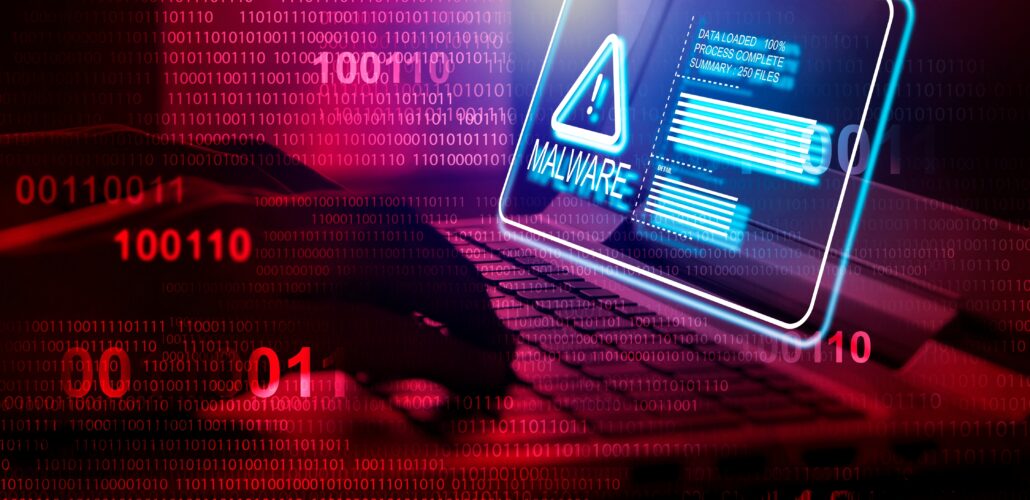Quantum-Resilient Security: A Critical Need for the Modern Power Grid
The security of CI will be dealt another blow due to the diminished efficacy of current encryption methods, driven by steal-now, decrypt-later threats and the impending development of a cryptographically relevant quantum computer.

Image for illustration purposes.
The power grid, a vital component of our critical infrastructure, faces an escalating threat from cyber attacks. Recent breaches have exposed vulnerabilities in current security measures, particularly those relying on traditional credentials. As quantum computing advances, these risks are set to intensify dramatically.
Quantum computers possess the potential to crack existing encryption methods, rendering current security protocols obsolete. This looming threat has spurred urgent action from government bodies and industry leaders to develop quantum-resistant solutions.
The U.S. Department of Energy (DOE) is spearheading efforts to bolster grid security. With substantial funding allocated for quantum research and the transition to post-quantum cryptography, the DOE aims to position itself as a leader in innovative cybersecurity solutions for the energy sector.
To address these challenges, experts recommend several key strategies:
1. Abandoning vulnerable credential systems in favour of hardware-bound, biometric-secured methods.
2. Developing forward-looking solutions that incorporate NIST-approved quantum-safe algorithms.
3. Prioritising secure identity platforms built on Zero Trust principles and phishing-resistant multi-factor authentication.
The transition to quantum-resilient security is not just a technical challenge but a collaborative effort. It requires cooperation between government agencies, private sector companies, and research institutions to develop and implement robust solutions.
Practical steps for enhancing grid security include:
– Implementing phishing-resistant multi-factor authentication
– Conducting regular security audits
– Enforcing strict access controls
– Adopting hardware-bound Public Key Infrastructure (PKI) credentials
As the grid evolves to accommodate renewable energy sources and becomes increasingly digitalised, the need for quantum-resilient security measures becomes more pressing. The integration of these advanced security protocols will not only protect against current threats but also future-proof the grid against the quantum computing revolution.
The race to secure the power grid against quantum threats is on. By embracing these new security paradigms, we can ensure the continued reliability and resilience of our energy infrastructure in the face of evolving cyber threats.
Source: T&D World
#Critical infrastructure protection#Cyber attack mitigation#cybersecurity#Department of Energy initiatives#Digital grid protection#Energy sector cybersecurity#Future-proofing power systems#grid resilience#Hardware-bound credentials#infrastructure#Multi-factor authentication#NIST#NIST quantum-safe algorithms#Phishing-resistant authentication#post-quantum cryptography#Power grid cybersecurity#power systems#Public Key Infrastructure (PKI)#quantum#quantum computing#Quantum computing threats#Quantum-resilient security#Renewable energy security#Secure access control#Secure identity solutions#security#Zero Trust architecture



